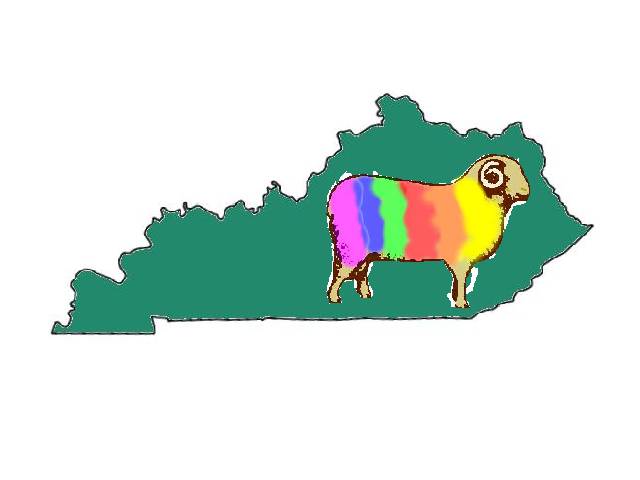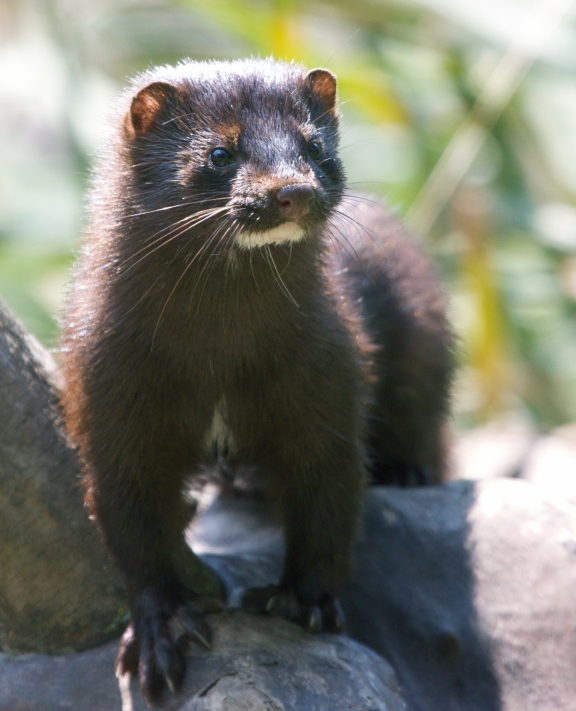I love interesting fibers, so after I finished my mink scarf, I decided to do a little more digging into mink yarns. Some people were mortified that I made a mink scarf, not realizing that the animals are NOT harmed to make the yarn.
I could rephrase all of this, but it seems like the best explanation I found on the yarn was already written. (Reference: The Canadian Encyclopedia.com)
“Mink hairs are rather short, but very thick and soft. Mink change their fleece about 3 times per year. For cutting the fleece, farmers handle the mink with gloves, cut the fiber by hand and then sell the fiber to a combing mill. The mink fiber is cut and combed from live animals, like angora from rabbit or cashmere from goats. No animals are hurt during the production of the yarn – the mink hair is hand-stripped off the animal and then spun into the yarn. For the animal, it probably feels like brushing (similar to regular brushing for cats) or a gentle massage.
Yarns made of mink are beautiful, extremely soft, and very delicate – mink fiber must be spun with another, stronger fiber such as wool or silk, or, if it is 100% Mink – we would suggest to combine the mink with another yarn to obtain enough strength in the finished project.
The natural wild color of mink’s fur is a glossy dark brown. Commercial farming selectively bred much paler colors, and mink furs come in many other natural colors, such as black, mahogany, pastel, denim buff, Aleutian (iris), sapphire and white. Mink are aggressive animals and must be handled with care. They bite readily and are handled with thick, leather mitts. Wild mink spend up to 80% of their time in their dens, sleeping, grooming, and eating food they have carried home.”
So, with all that in mind, I have to say something about combining mink with other yarns. The scarf I made (from my last post) is 100% mink. I didn’t combine it with anything. The mink yarn is a thin, lace-weight yarn, but it didn’t break on me once while I was knitting. I suppose if you made a sweater out of it, I would consider combining it, but for a scarf or cowl, I’m not sure that it’s necessary to blend it with another, stronger yarn. Now that you know as much as I do on the subject, you can make up your own mind on how you choose to knit it.
As for brands for mink yarn, I found a few. Great Northern Yarns (now MinkYarn.com) says it was the first company to bring mink yarn to market. Lotus Yarns makes a few varieties from fingering weight to aran/heavy worsted and from 100% mink to various blends. There’s also a company called Great Yarns! that sell their mink as Pure Elegance. Jade Sapphire also makes 100% mink and mink/cashmere blended yarns.
The ultimate question for me on any type of animal fiber is how the animals are treated. A lot of countries have banned mink farming for coats, etc…, so I believe the majority of the minks used for yarn are in China or Mongolia. You would hope that they’d treat the animals reasonably well since they need to keep them alive and healthy for the undercoat (which is turned into the yarn). I guess it depends on the farm. The websites I visited made a big point out of saying that the minks are not harmed just to make the yarn. Personally, I would never buy a mink coat, and I may be delusional, but since no critter died to make my scarf, I feel okay about buying the yarn.
So now that you know everything you ever wanted to know about mink yarns, go forth, find some, and knit away!
Happy knitting!



You might want to check the Canadian Encyclopedia reference –the URL has changed (http://www.thecanadianencyclopedia.ca)–and the text about how mink fur is harvested. I suspect that someone, somewhere, combined some information on minks and mink/fur farming from the Encyclopedia and some text from a manufacturer (possibly in China) about harvesting the fiber hat can’t be confirmed.
Thanks, Kate!